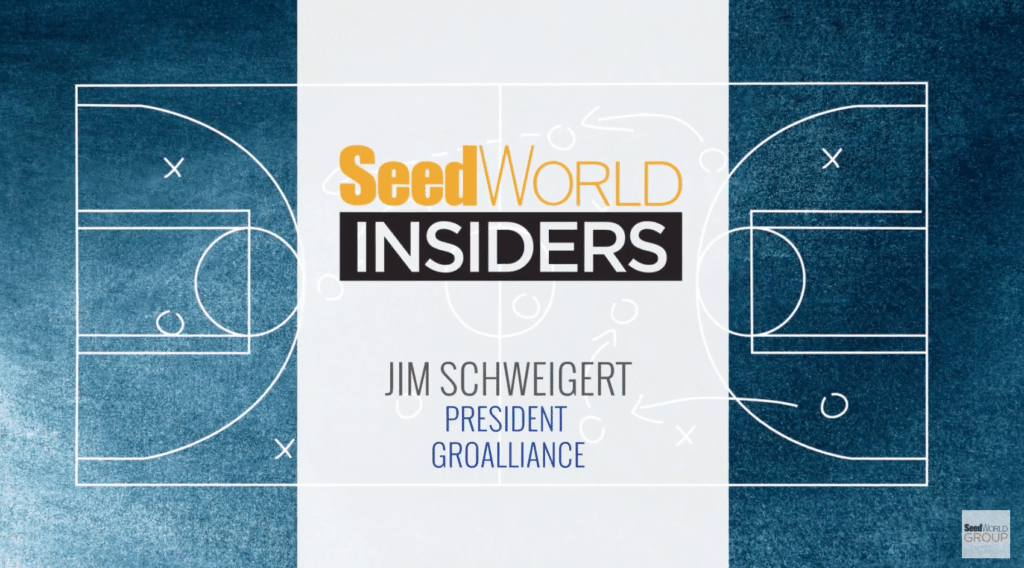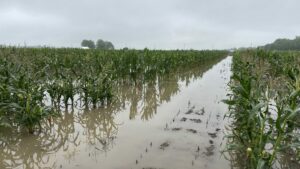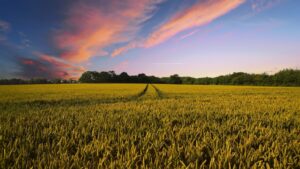Predicting the future conjures up images of mystic figures with decks of cards and crystal balls. It seems magical. And it seems impossible.
I’m not talking about knowing the next NCAA tournament winner or even if you’ll bust the next time you decide to hit a 16 in blackjack.
It’s a practice that helps you and your business navigate the complexities of an ever-changing seed and ag landscape, in the U.S. and around the world. I’m talking about mapping out likely industry scenarios and then modeling your company’s response to all of them.
This exercise is called scenario planning and it can give you a great glimpse into likely decision-making of your customers, your partners and your competitors.
For example, there are many assumptions made when sketching out a five-year plan. How will genetic and trait licensing look, how will planted acres be by crop, what will commodity prices do, will you be able to hire the right employees? To make a long-term plan, you need to plug in estimates for every variable. Rather than using a static number, you should model both high and low scenarios and develop responses to both cases.
For example, what’s do you do if the planted acres of the crops you sell are down 20% in five years? How can your company capture more share to maintain volume or diversify into new crops? What if acres are up 20%? This seems like a great situation, but what new entrants might that acre expansion attract? Do you have the company structure to hire more employees? Do you have access to the capital to build more inventory?
Having a solid scenario planning process will allow your company, division, sales area and you personally to be ready regardless of what happens next.
In that way, you may not be predicting the exact future, but you will be prepared for it no matter what.
This year, the American Seed Trade Association (ASTA) is launching a brand-new conference called the ASTA Leadership Summit. Hundreds of the industry’s best minds will meet in Indianapolis from June 25-29 to learn, debate and truly shape the future of the seed industry. Outside experts will provide key insights into the world around us and challenge attendees to expand their vision of what’s possible.
These in-person meetings, networking with leaders from across the country and across all crop types has helped and Gro Alliance prepare for the future. I cannot be more excited to attend and hope to see you there! Visit www.betterseed.org to learn more, register for this brand-new experience and start predicting the future!









